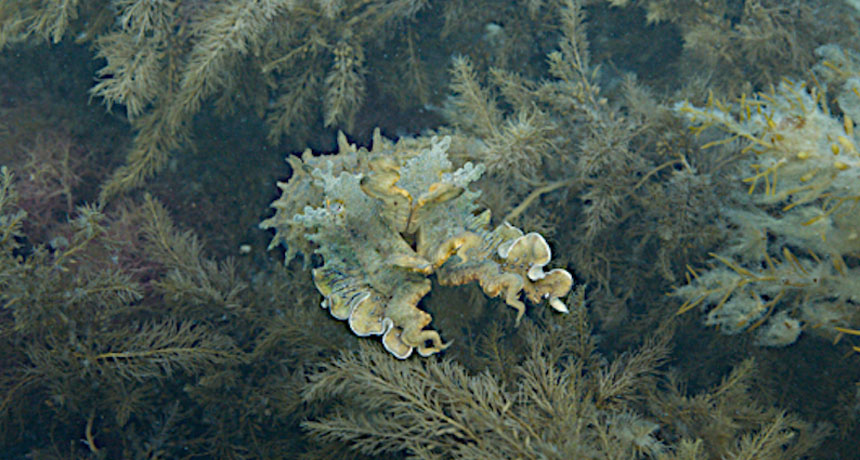Watch this cuttlefish-inspired ‘skin’ morph into a 3-D shape
New silicone material could one day help camouflage robots

STEALTHY SKINS Human-made shape-shifting material could help robots disguise themselves much like how this giant Australian cuttlefish (Sepia apama) is mimicking its environment.
Roger Hanlon





